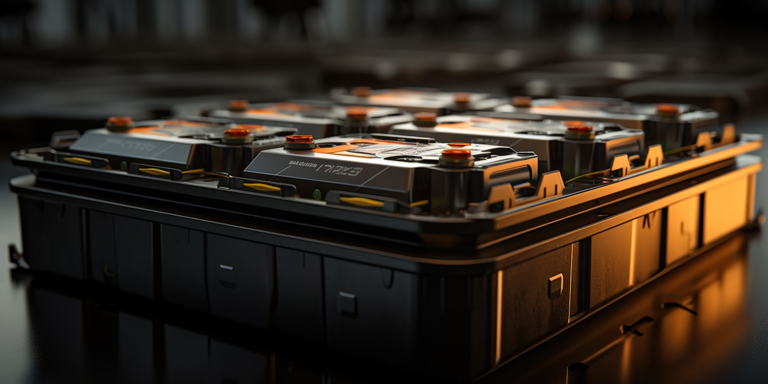With the explosive growth in global demand for new energy, lithium batteries are fast becoming the main protagonists with their own performance advantages. In this, lithium iron phosphate is the star of many different materials lithium batteries! However, due to the low reserves of lithium materials, prices have fluctuated greatly in recent years, especially in 2022, the price of lithium carbonate rose by as much as 300%, making people constantly think whether there are other options? Sodium batteries, which developed almost simultaneously with lithium batteries, have re-entered the limelight and are seen as important candidates to potentially replace lithium-ion batteries. Some of the leading lithium battery companies are also actively laying out, such as CATL and Hinabattery. There are some differences between these two battery technologies in terms of structure, performance and application areas, and today we will discuss in detail the advantages and disadvantages between sodium and lithium ion batteries.
Sodium ion Batteries vs Lithium ion Batteries
Resources: Sodium is an abundant resource on the planet and is more widely distributed compared to lithium, which has a smaller distribution and higher cost, meaning that sodium ion batteries have lower material costs and more potential for cost effective large scale applications. At present, with the sodium battery industry yet to scale up, battery grade sodium carbonate is only about 1% of the price of lithium carbonate! And with industrial upgrading, the price of sodium batteries will be even lower in the foreseeable future!

Energy density: Due to the different material properties, LiFePO4 has an energy density of approximately 160-300Wh/kg, while sodium batteries have an energy density of approximately 120-16-Wh/kg. this means that LiFePO4 can provide a larger capacity for the same volume, which makes LiFePO4 better for some high energy density needs, such as electric vehicles and home energy storage systems.
Low temperature performance: lithium iron phosphate batteries have poor low temperature resistance, other conditions are the same, lithium iron phosphate batteries at -20 ℃ almost can not work, the capacity will even be less than 50%, sodium ion batteries perform better in low temperature conditions, to ensure that the -40 ℃ conditions still maintain more than 85% of the capacity. This feature of sodium batteries enables the battery to ensure normal battery use in some alpine regions, such as Northern Europe and North America.

Charge and discharge multiplier: Sodium ion batteries have a better multiplier performance, in terms of fast charging capability, from 0% to 90% in just ten minutes, in comparison, the current mass production of ternary lithium batteries even under the DC fast charging support, the charge from 20% to 80% usually takes 30 minutes, lithium iron phosphate requires about 45 minutes. Sodium batteries are inherently capable of high 5C charge rates due to their material properties, while LiFePO4 batteries require significant technical and monetary costs to meet this condition.
Degree of commercialisation: Although lithium iron phosphate batteries started at a similar time to sodium ion batteries, the degree of commercialisation of sodium ion batteries has been lower compared to lithium ion batteries and has not been achieved in mass production. At present, the technology of sodium ion batteries is still in the development and research stage, and has not yet been widely commercialised.
Summary
Taken together, lithium iron phosphate batteries have great advantages in terms of application support and market scale. Lithium iron phosphate batteries dominate the current market, with their high energy density, long cycle life and low self-discharge rate making them the preferred choice in portable electronic devices and electric vehicles. However, the abundant resources, low cost and high multiplier nature of sodium ion batteries give them great potential for large-scale energy storage and grid applications. As technology continues to advance and investment in R&D continues, the outlook for sodium batteries remains promising as one of the possible alternatives to lithium batteries, despite the challenges that remain in some areas. As the largest manufacturer of cylindrical cells in China, CBAK held a sodium battery launch event on 28 June. As a strategic partner of CBAK, LEAD-WIN will continue to work in depth with CBAK and other upstream industry chains that are at the forefront of sodium ion battery technology in the future, to explore the application of sodium batteries in different products and to overcome technical challenges of the products together.






 Facebook
Facebook
 Twitter
Twitter
 Linkedin
Linkedin
 Back to list
Back to list



